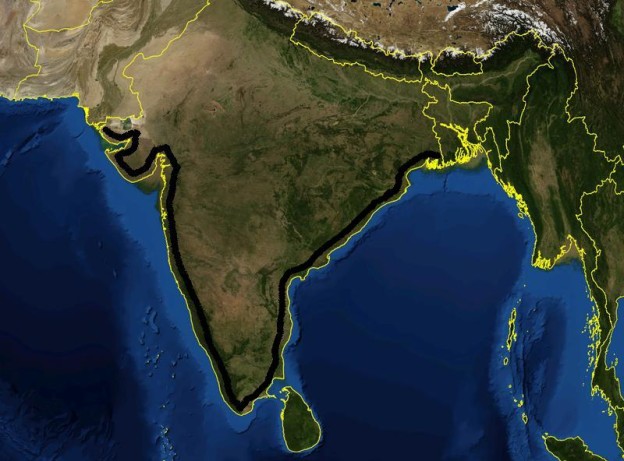In a follow-up to a report last week, the Brihanmumbai Municipal Corporation (BMC) has reported an additional three leptospirosis fatalities in Mumbai, bringing the total to 15 in just 10 days.

At present, 30 people are being treated for the disease in BMC-run hospitals. To prevent lepto, the corporation has started awareness campaign in which they have visited 14,649 houses and surveyed 57,736 people, according to an Indian media report.
The fatalities have been reported primarily in the suburbs between Malad and Dahisar. Municipal health officials said it was difficult to explain why the deaths were concentrated in this area. “The only explanation one can think of is the unavailability of qualified doctors in some localities, which has led to delayed treatment. Ideally, if the patient is started on the antibiotic doxycyline, the disease is completely curable,” said a senior civic official. Also, the rat and dog population in these areas could be high –their urine and fecal matter carries the infection and is responsible for transmission.
Leptospirosis is a bacterial zoonotic disease caused by the corkscrew shaped organism, Leptospira. It goes by several other names depending on the locale; mud fever, swamp fever, sugar cane and Fort Bragg fever, among others. It is a disease of both humans and animals.
The rat is the main host to Leptospira. However other animals such as cattle, pigs, horses, dogs, rodents, and wild animals.
People become infected by direct or indirect contact with the urine of these animals. Contact with urine-contaminated water is extremely important. Contaminated food and soil containing animal urine are other potential sources of infection.
The bacterium enters through contact with skin. Especially through cuts or breaks in the skin and through mucous membranes like the eyes.
Found worldwide, it was long considered an occupational disease (miners, farming, vets, and sugarcane harvesting and sewer workers), it is increasingly associated with recreational water sports and camping.
Symptoms of leptospirosis, if present, appear in up to 4 weeks after exposure. Sometimes the person will show no symptoms or mild flu-like symptoms.
According to the CDC, Leptospirosis may occur in two phases; after the first phase, with fever, chills, headache, muscle aches, vomiting, or diarrhea, the patient may recover for a time but become ill again. If a second phase occurs, it is more severe; the person may have kidney or liver failure (jaundice) or meningitis. This phase is also called Weil’s disease.
Leptospirosis is confirmed by laboratory testing of a blood or urine sample.
The infection can be treated with antibiotics (penicillin and doxycycline), especially if started early in the disease. For very ill patients, intensive care support and IV antibiotic may be necessary.

